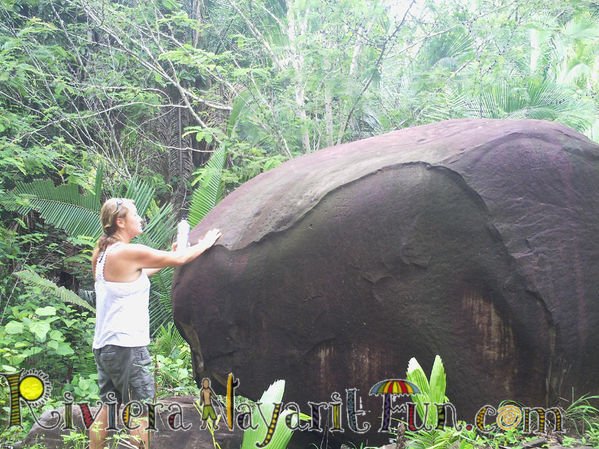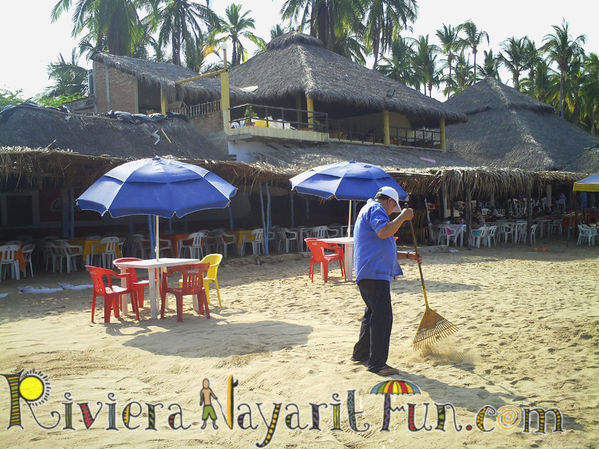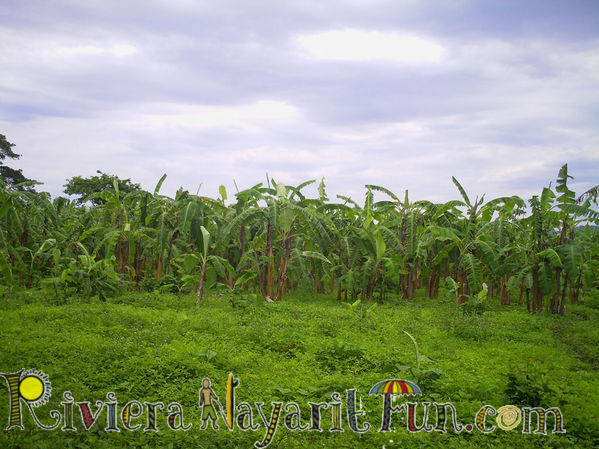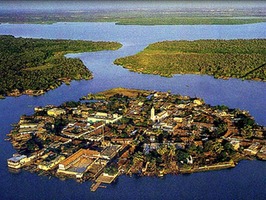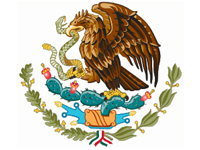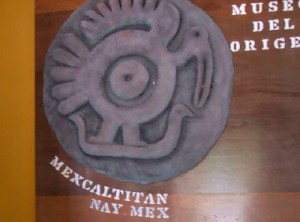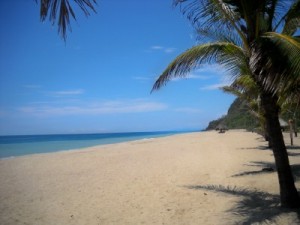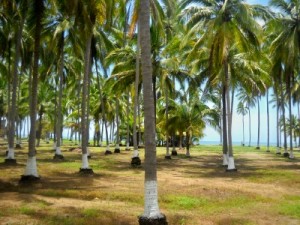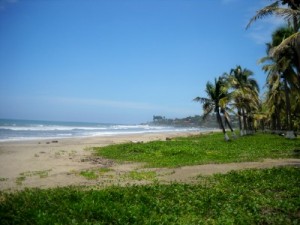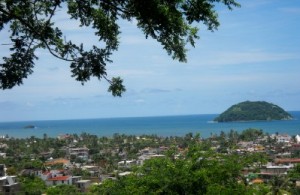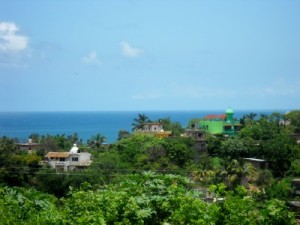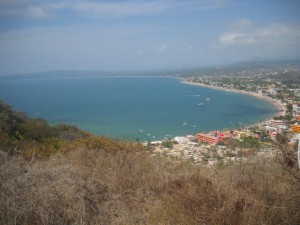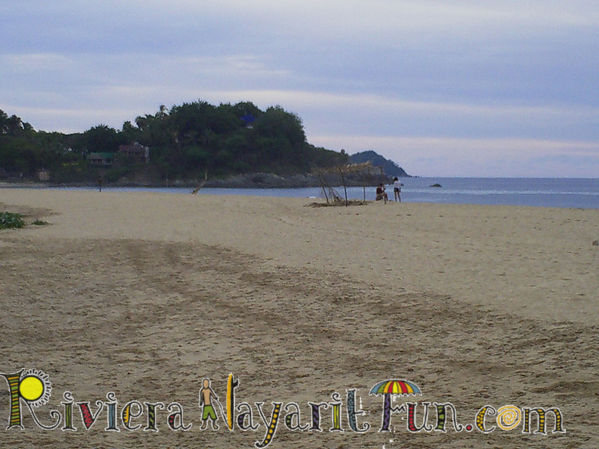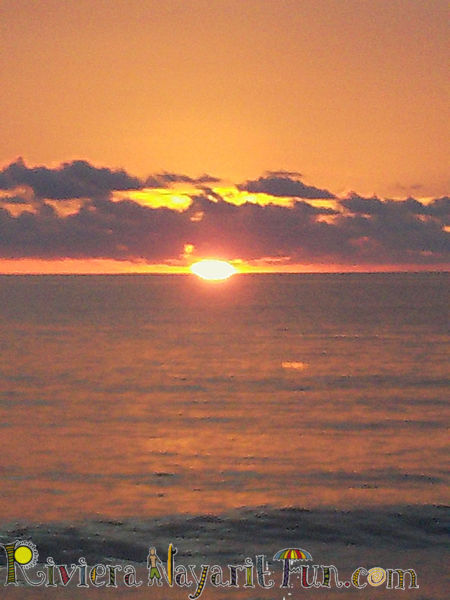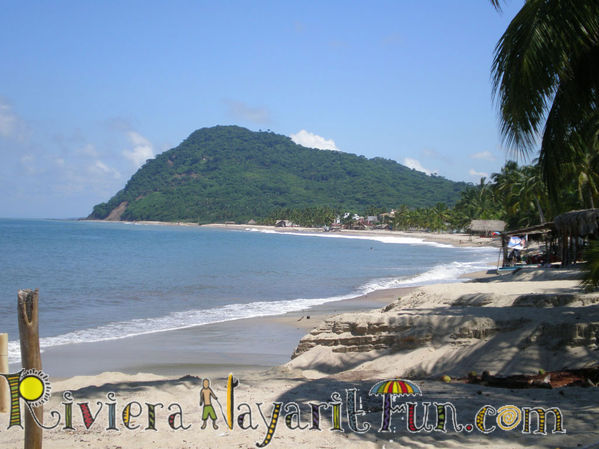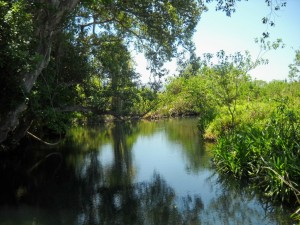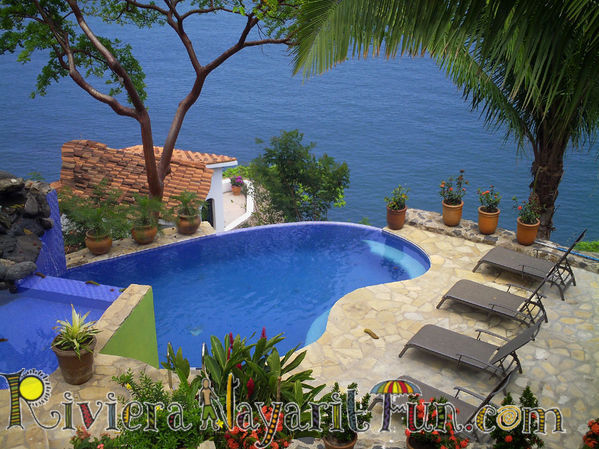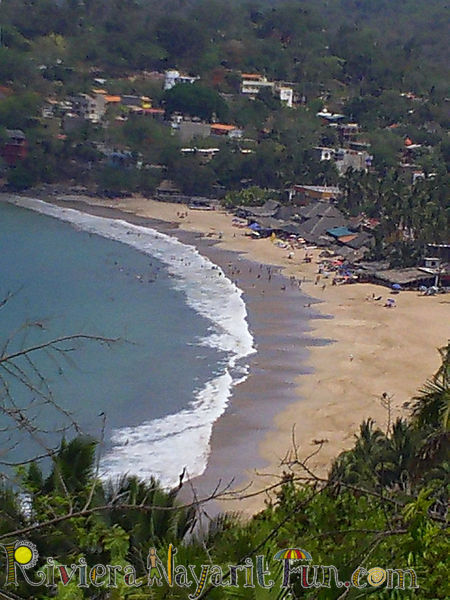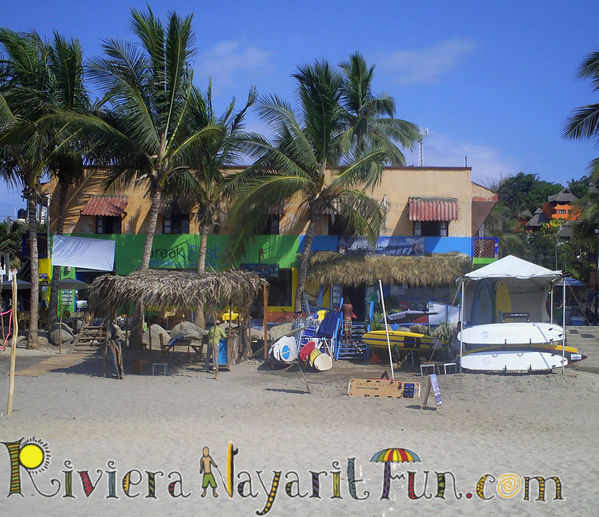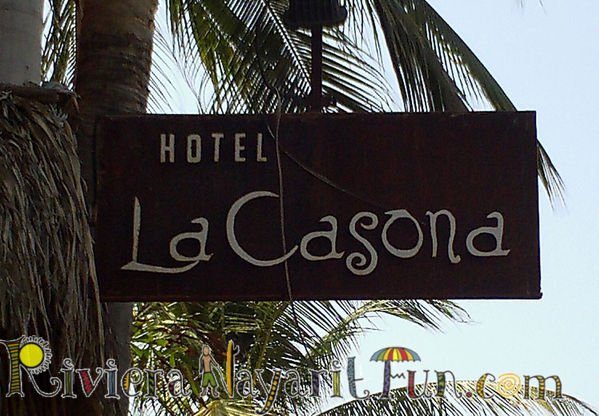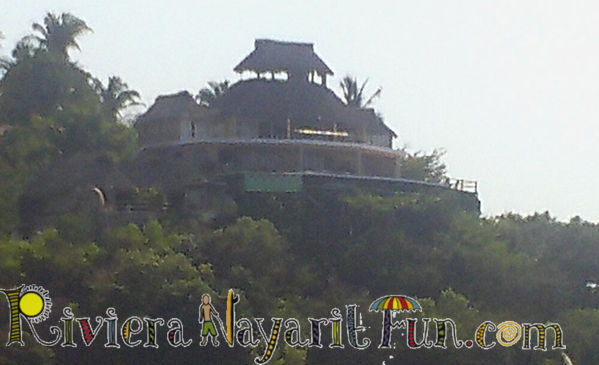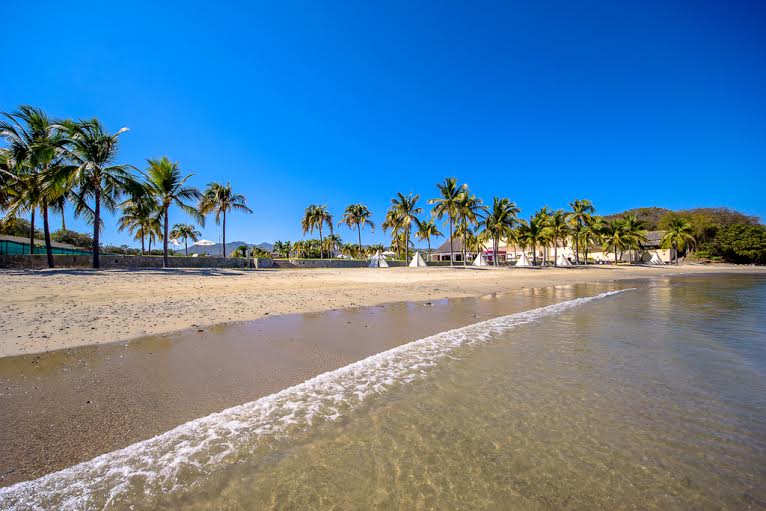Celebrating Mexican Independence
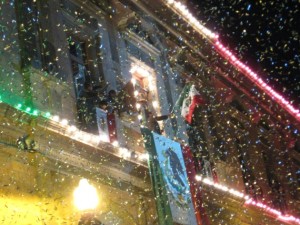 September is a special month in Mexico – el Mes de la Patria (month of the homeland) – because this year, Mexicans celebrate 201 years of independence from Spanish rule and 101 years since the Mexican Revolution (November 20th, 1910). The entire month consists of festivities, although the official Día de la Independencia (Independence Day) is September 16th with official celebrations begining the evening of September 15th.
September is a special month in Mexico – el Mes de la Patria (month of the homeland) – because this year, Mexicans celebrate 201 years of independence from Spanish rule and 101 years since the Mexican Revolution (November 20th, 1910). The entire month consists of festivities, although the official Día de la Independencia (Independence Day) is September 16th with official celebrations begining the evening of September 15th.
Starting in early September, the country’s cities and towns are adorned with Mexican flags and decorations in colors of green (symbolizing independence), white (symbolizing religion), and red (symbolizing union). Restaurants serve traditional Mexican specialties (antojitos), such as Chiles en Nogada, ponche, and more.
On the eve of September 15th, across the country, Mexicans gather in town squares (zócalos) dressed in green, white, and red – colors of the Mexican flag – indigenous costume, or traditional Mexican garb: men as Charros and women as China Poblanas.
They await the official commencement of the holiday, indulging in cervezas, tequila, and Mexican food, which begins with a patriotic speech given by a local official, serving as a reenactment of Father Hidalgo’s El Grito de Dolores (The Cry of Dolores), also known as El Grito de la Independencia (Cry of Independence), addressing his followers in Dolores, Guanajuato to take action against Spain.
Brief History of Mexican Independence
Before present-day Mexico existed, pre-Columbian Mesoamerica was inhabited by Aztecs and other Indian civilizations until Spanish invaders conquered their land in 1521 and renamed it New Spain. After 300 years of Spanish oppression and tyranny, and 10 years of revolutionary war, Mexico’s hard-earned independence was finally won on September 16, 1821.
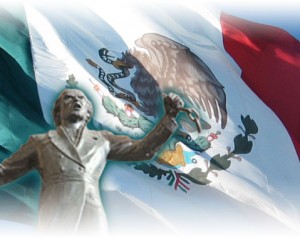 On September 16th, 1810, a Catholic priest, Father Miguel Hidalgo, gave his famous “grito” (or shout), which started a revolt lasting one year, ultimately leading to the Mexican War of Independence, the most important observed national holiday in Mexico. Unfortunately, Hidalgo was executed for his actions.
On September 16th, 1810, a Catholic priest, Father Miguel Hidalgo, gave his famous “grito” (or shout), which started a revolt lasting one year, ultimately leading to the Mexican War of Independence, the most important observed national holiday in Mexico. Unfortunately, Hidalgo was executed for his actions.
Another priest, Father Jose Maria Morelos, continued the fight for independence and helped to establish the first proclamation of separation from Spanish rule, granting equal rights to all Mexicans on November 1813, with the Solemn Act of the Declaration of Independence of Northern America, but was also executed. Today, Hidalgo is considered the father of Mexico and Morelos, a national hero.
At long last, in September 1821, the final document – the Declaration of Independence of the Mexican Empire – pronouncing Mexico as an independent nation and was signed in Mexica (a former part of the Aztec empire). The country’s present name originated from the Aztec Nahuatl word Mēxihco, which evolved into México in Spanish. Officially named the United Mexican States (Estados Unidos Mexicanos), this beautiful country honors its independence on September 16th each year.
Independence Day Festivities
As with most things Mexican, this occasion is celebrated with gusto. Each year, festivities begin the evening of September 15th at 11:00 p.m. in zócalos (town squares) across the country. A local representative rings a symbolic liberty bell and gives a patriotic speech ending in a shout for Mexicans to unite, a reenactment of Father Hidalgo’s “grito,” to which the crowd responds: “Viva Mexico” and “Viva la independencia!” Fireworks and patriotic music fill the air as they sing their national anthem.
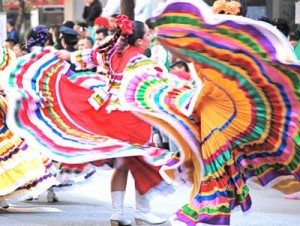 On September 16th, the official Independence Day, merriment continues with parades, carnivals, rodeos, bullfights, folk dances, mariachi music, and more traditional Mexican food and drinks. In the Riviera Nayarit, each of the small towns will celebrate in their zócalos with their own unique flair. If you’ll be vacationing in Mexico on Mexican Independence Day, the holiday offers a festive occasion to honor national values that Mexico – and much of the world – holds in high regard: liberty and unity. ¡Viva la libertad! (Long live freedom!)
On September 16th, the official Independence Day, merriment continues with parades, carnivals, rodeos, bullfights, folk dances, mariachi music, and more traditional Mexican food and drinks. In the Riviera Nayarit, each of the small towns will celebrate in their zócalos with their own unique flair. If you’ll be vacationing in Mexico on Mexican Independence Day, the holiday offers a festive occasion to honor national values that Mexico – and much of the world – holds in high regard: liberty and unity. ¡Viva la libertad! (Long live freedom!)
Note: Contrary to popular belief, Cinco de Mayo (May 5th) is not Mexican Independence Day, but there is a connection between the holidays. While Mexican Independence Day celebrates the country’s freedom from Spanish rule on September 16th, Cinco de Mayo celebrates Mexico’s national unity as an autonomous country after preventing a subsequent invasion by France in 1862. Since this event occurred at Fuerte de Loreto in Puebla, Mexico, it is known as The Battle of Puebla.
Join us in Celebrating Mexican Independence Day in one of the many delightful towns along the Riviera Nayarit, Mexico.


